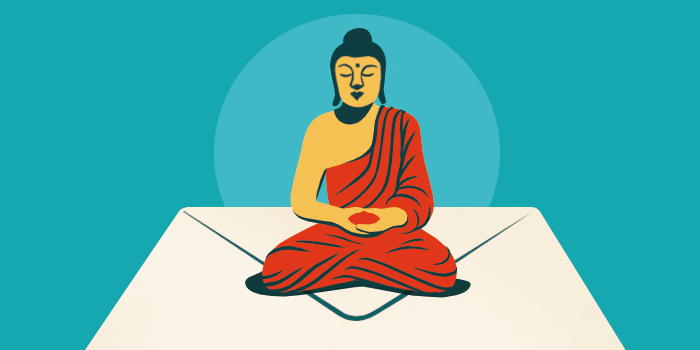Who were the founders of Pure Land teaching in India and China?
Nagarjuna (c.150 CE), a great philosopher and sage, established the distinction between easy and difficult practice; Pure Land schools follow the former. Vasubandhu (c. 400 CE) interpreted Nagarjuna’s philosophy in positive terms and established concrete methods of practice that became widely popular.
In China, Hui Yuan of Mount Lu (c. 400CE) established a society of monks and lay practitioners to practice contemplative nembutsu. This was the first society of its kind and established a precedent for what were often called White Lotus societies throughout China through later centuries. Bodhiruci (c. 500CE) came to China from northern India and translated many texts including the Amida Sutra. Tan Luan (c. 500 CE) was a Chinese monk who fell ill and went looking for Taoist texts on immortality. On his journey he met Bodhiruci who taught him the Pure Land teaching. Tan Luan is commonly regarded as the first “first ancestor,” or “first patriarch,” of Pure Land Buddhism in China.
Shan Tao (c.650 CE), an artist, converted to Pure Land from a more ascetic tradition. A great popularizer of the teaching, his depictions of the Pure Land became icons used all over China. He lived a very simple life and had a simple faith: “Only repeat the name of Amitabha with all your heart. Whether walking or standing, sitting or lying, never cease the practice of it even for a moment.” His writing inspired later teachers, especially in Japan.
There are many other Chinese Pure Land masters. Like Shan Tao and Tan Luan, many of them started off in a different school of Buddhism, either more intellectual or more austere and converted to Pure Land later, persuaded by its appeal to ordinary people, its appreciation of emotion and beauty, and its simplicity.

Tricycle is more than a magazine
Gain access to the best in sprititual film, our growing collection of e-books, and monthly talks, plus our 25-year archive
Subscribe now